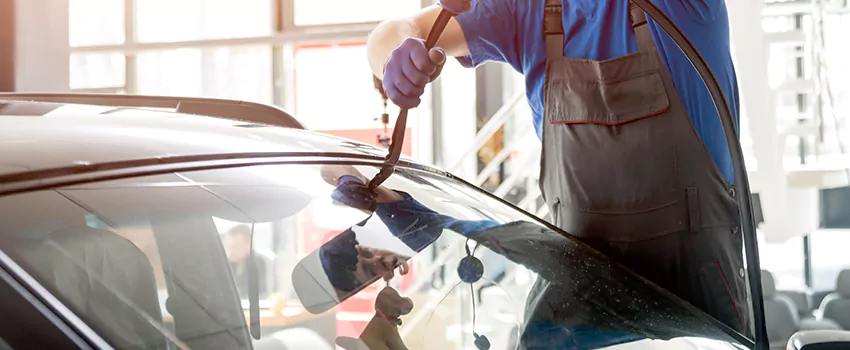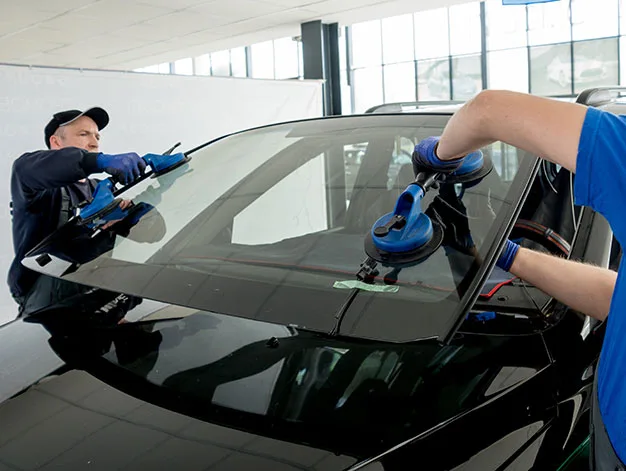The Debate: OEM vs. Aftermarket Auto Glass
When replacing a windshield, owners face a choice. They can choose OEM (Original Equipment Manufacturer) or aftermarket glass. This decision is crucial. It's key for the fit and clarity of the windshield. It's also important for the safety and integrity of the vehicle. The same manufacturer makes OEM glass. They provided the original glass for the vehicle's assembly line. This ensures a perfect fit and top quality. Various companies make aftermarket glass. It may vary in size, shape, and material quality.

Quality and Compatibility: OEM Glass Advantages
Manufacturers make OEM windshields to fit your vehicle's exact specifications. They ensure a seamless fit and top performance. The windshields use the same materials. They also meet the same safety and quality standards as the original glass in your vehicle. This compatibility is key for newer vehicles with advanced driver assistance systems (ADAS). Precise sensor and camera placement is critical for these systems to work.
Cost Considerations: Aftermarket Glass
One of the main reasons vehicle owners consider aftermarket glass is the cost. Aftermarket windshields are often cheaper than OEM ones. This makes them attractive for those looking to save on repairs. However, the lower price may reflect material quality, durability, and fit differences. These can affect the windshield's performance and longevity.
Safety and Performance: Why It Matters
The windshield is critical to a vehicle's safety system. It helps with integrity and protection in a collision. Choosing the right type of glass is essential for maintaining these safety standards. Aftermarket glass must meet minimum safety rules. But, OEM glass faces tougher testing and quality control. This ensures it offers the best protection for drivers and passengers.
Insurance and Warranty Considerations
When selecting a windshield replacement, it's also important to consider the implications for your vehicle's warranty and insurance coverage. Some policies cover only OEM parts. Others allow aftermarket glass but with different terms. Also, using aftermarket glass could void your vehicle's warranty. This is especially true if the replacement causes more issues or damages.
Making the Right Choice for Your Vehicle
Choosing between OEM and aftermarket windshields requires weighing factors. These include cost, quality, safety, and compatibility with your vehicle. OEM glass may be the best option for those with newer vehicles or cars with ADAS. It ensures the preservation of all system functions. However, aftermarket glass can be a good alternative for older models or when the cost is a big concern. But, it must come from a reputable manufacturer.
Conclusion: Prioritizing Safety and Quality
You should not take the decision between OEM and aftermarket windshields lightly. Vehicle owners must consider the long-term effects of their choice. It will affect their vehicle's performance, safety, and value. Talking to a professional auto glass technician can give helpful insights. They can help you make an informed decision that matches your needs and preferences. In the end, focusing on safety and quality will keep your vehicle reliable and secure.
